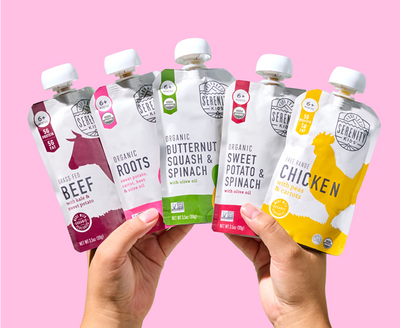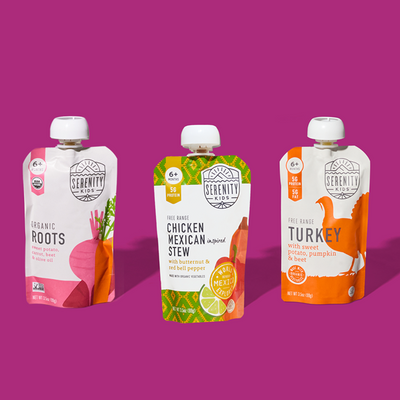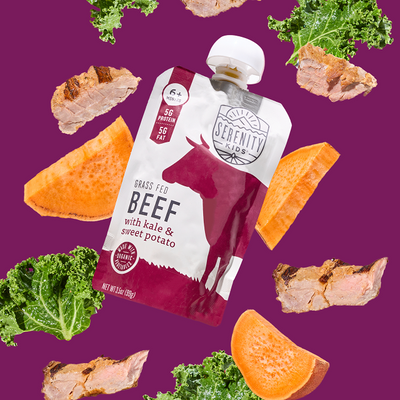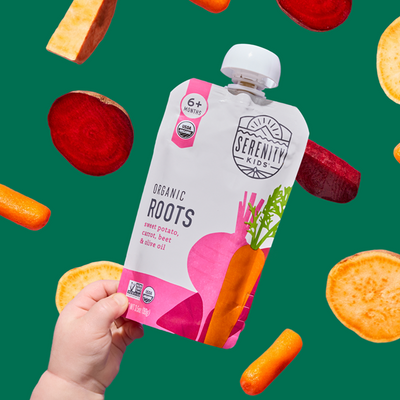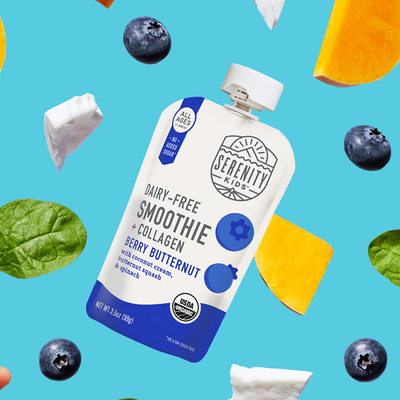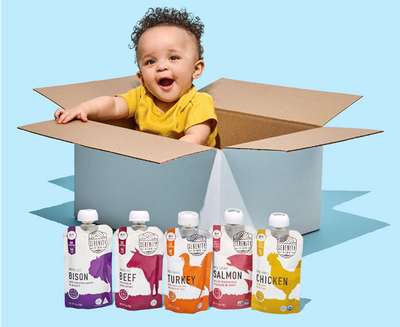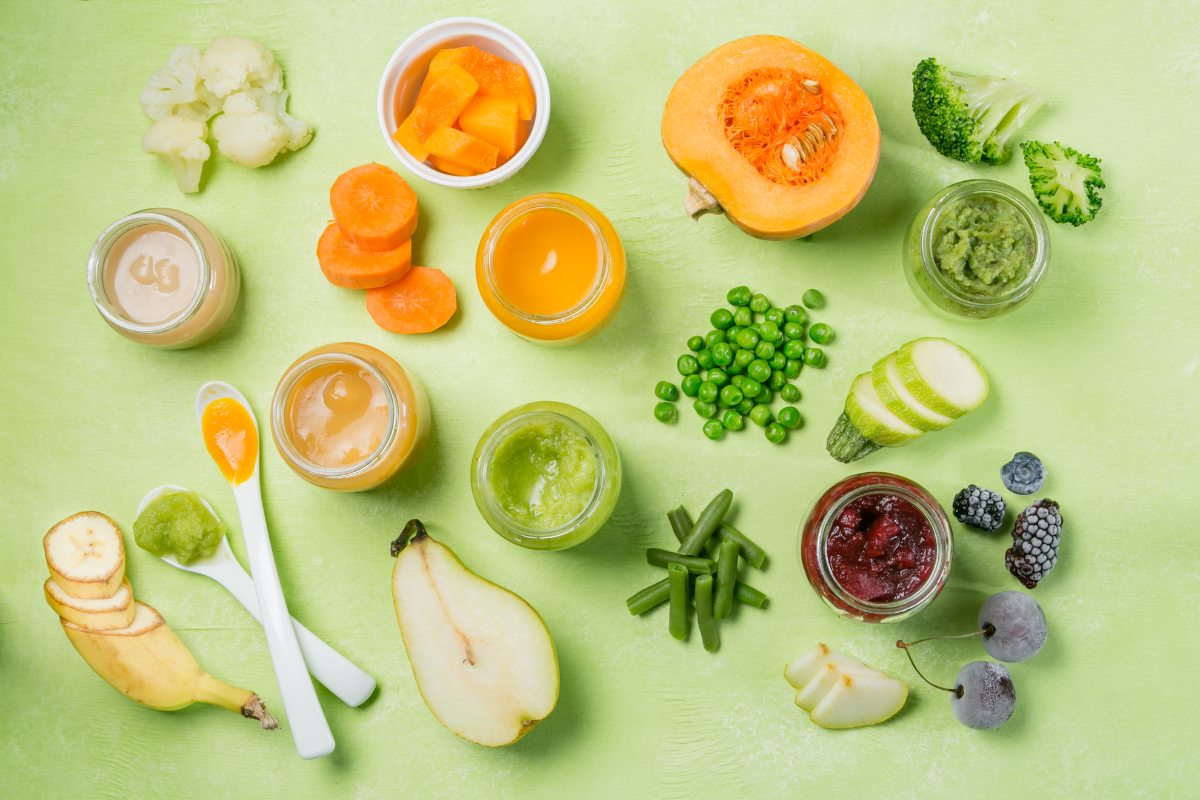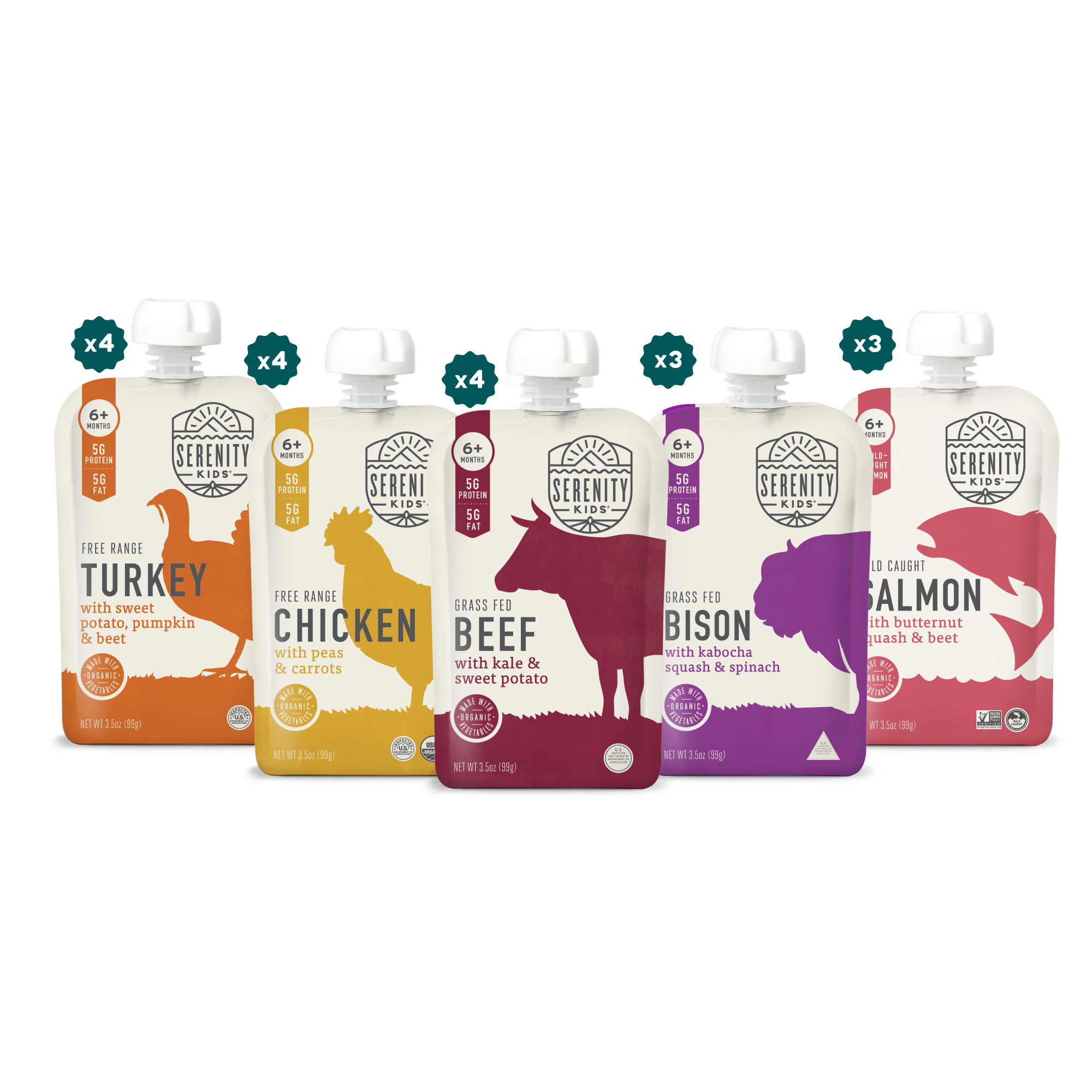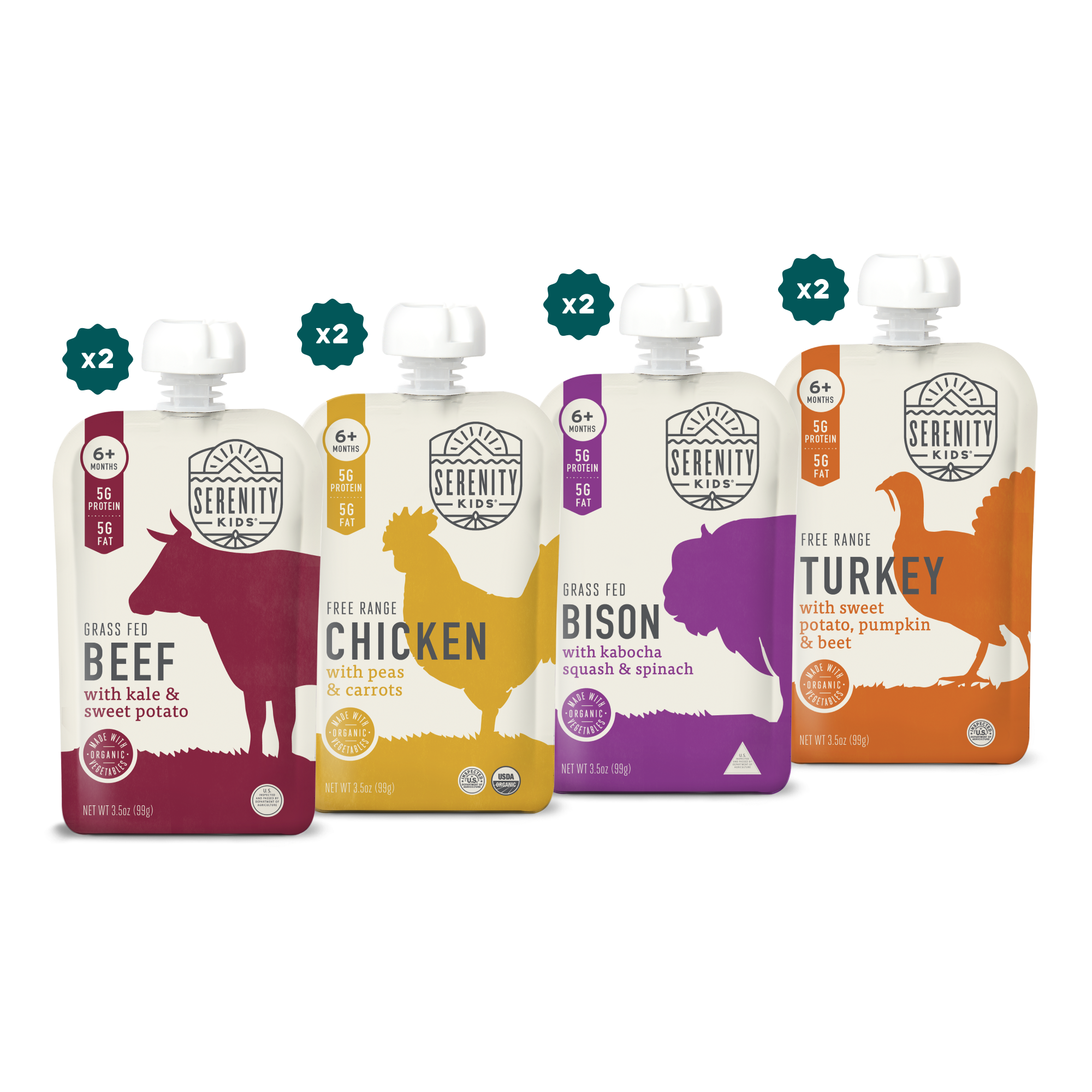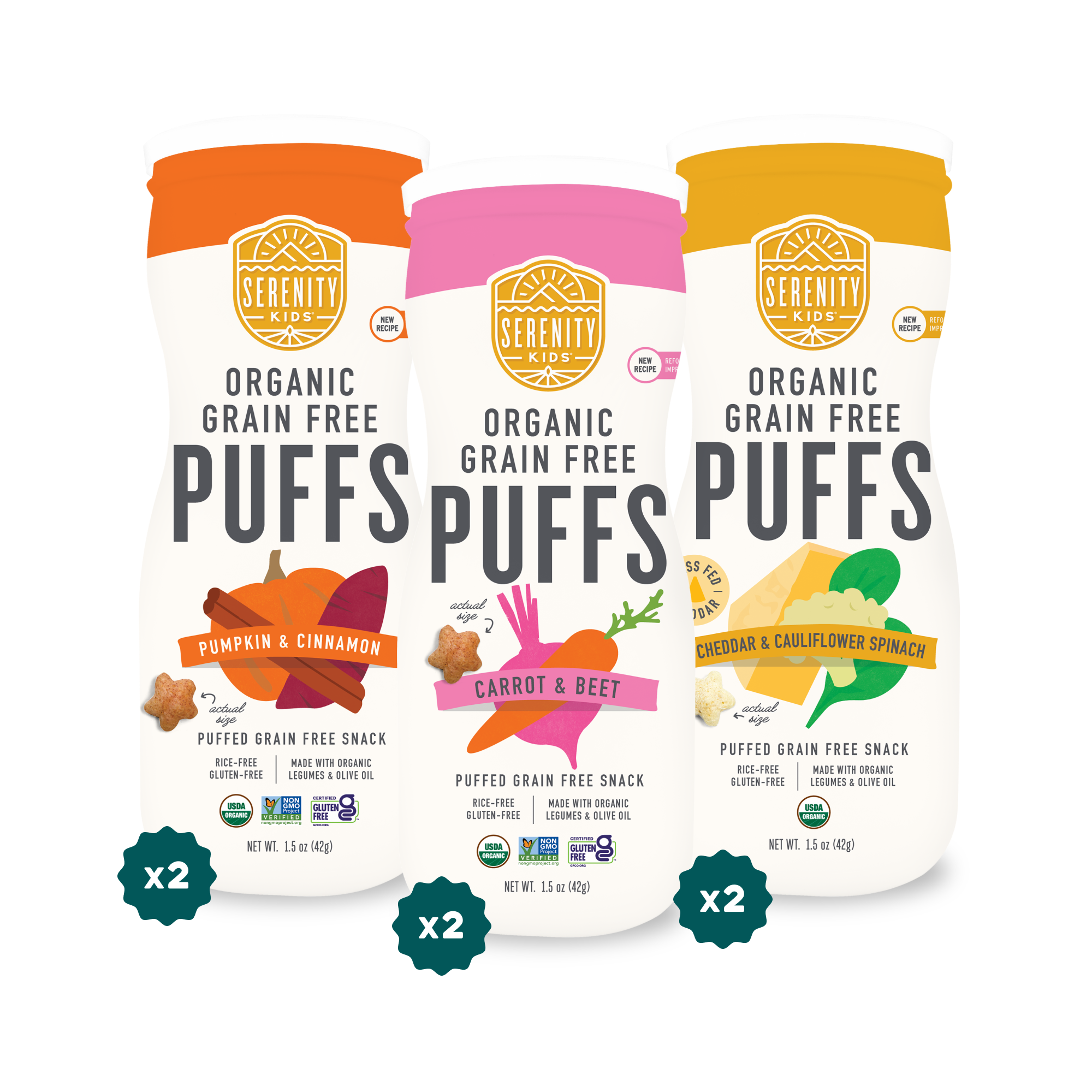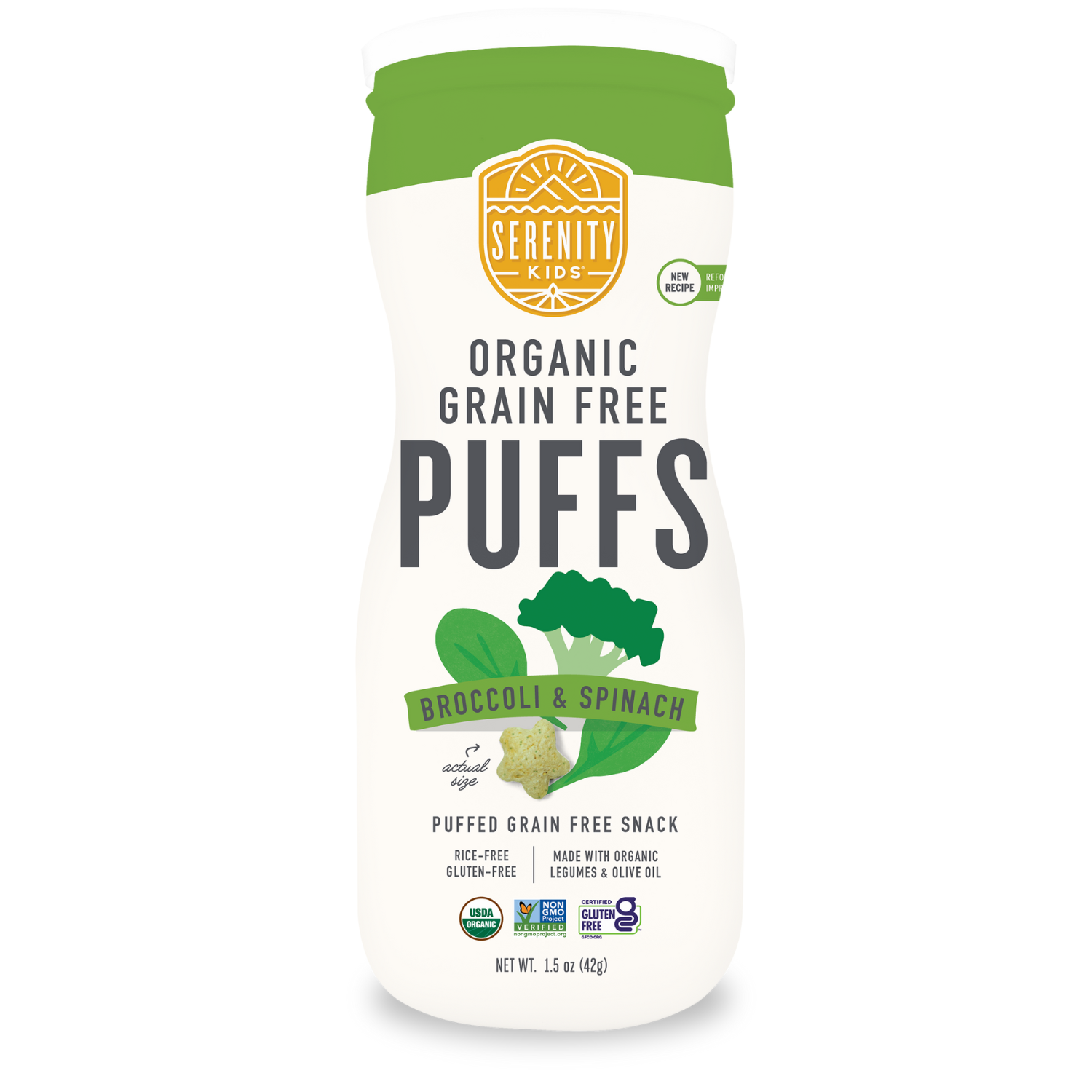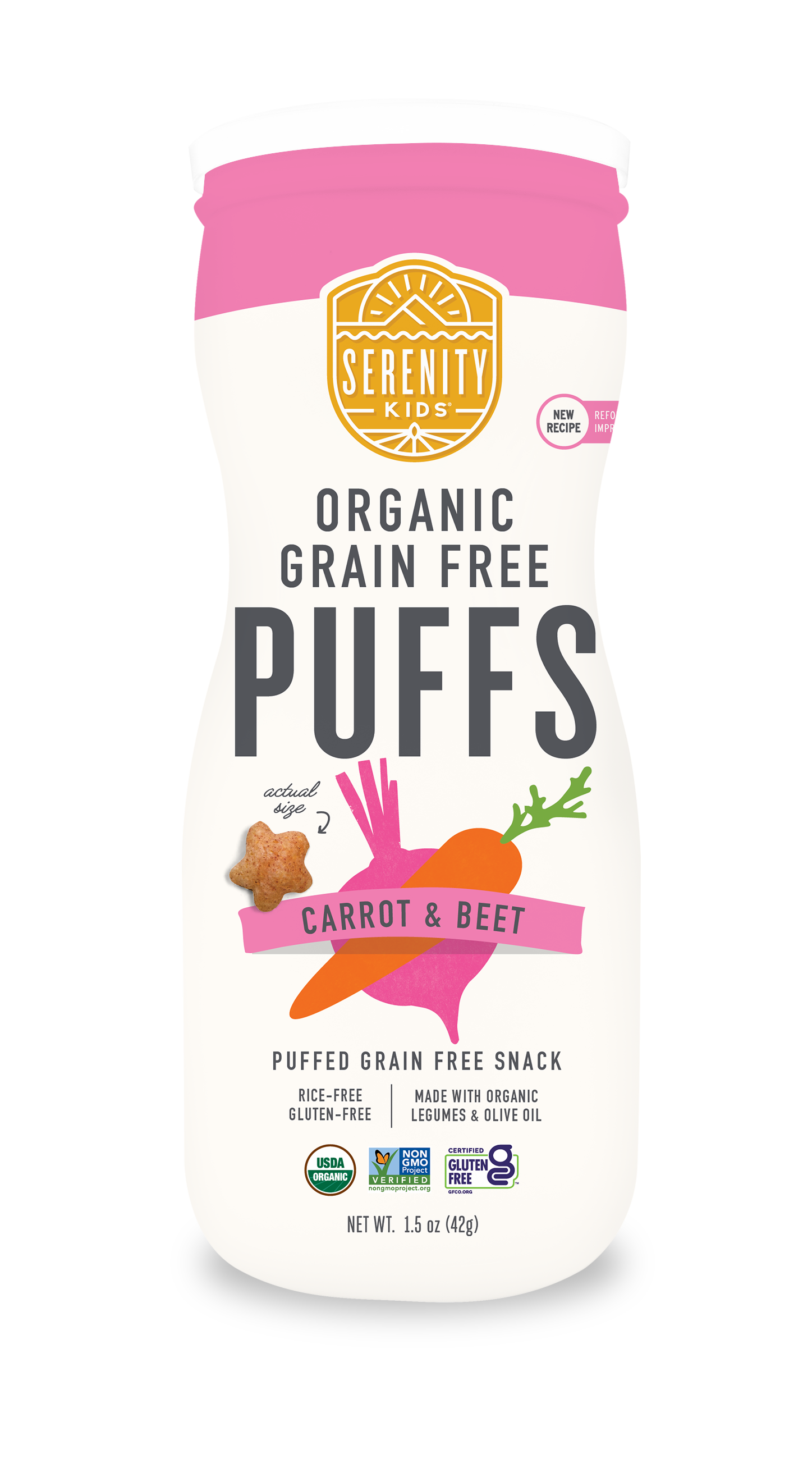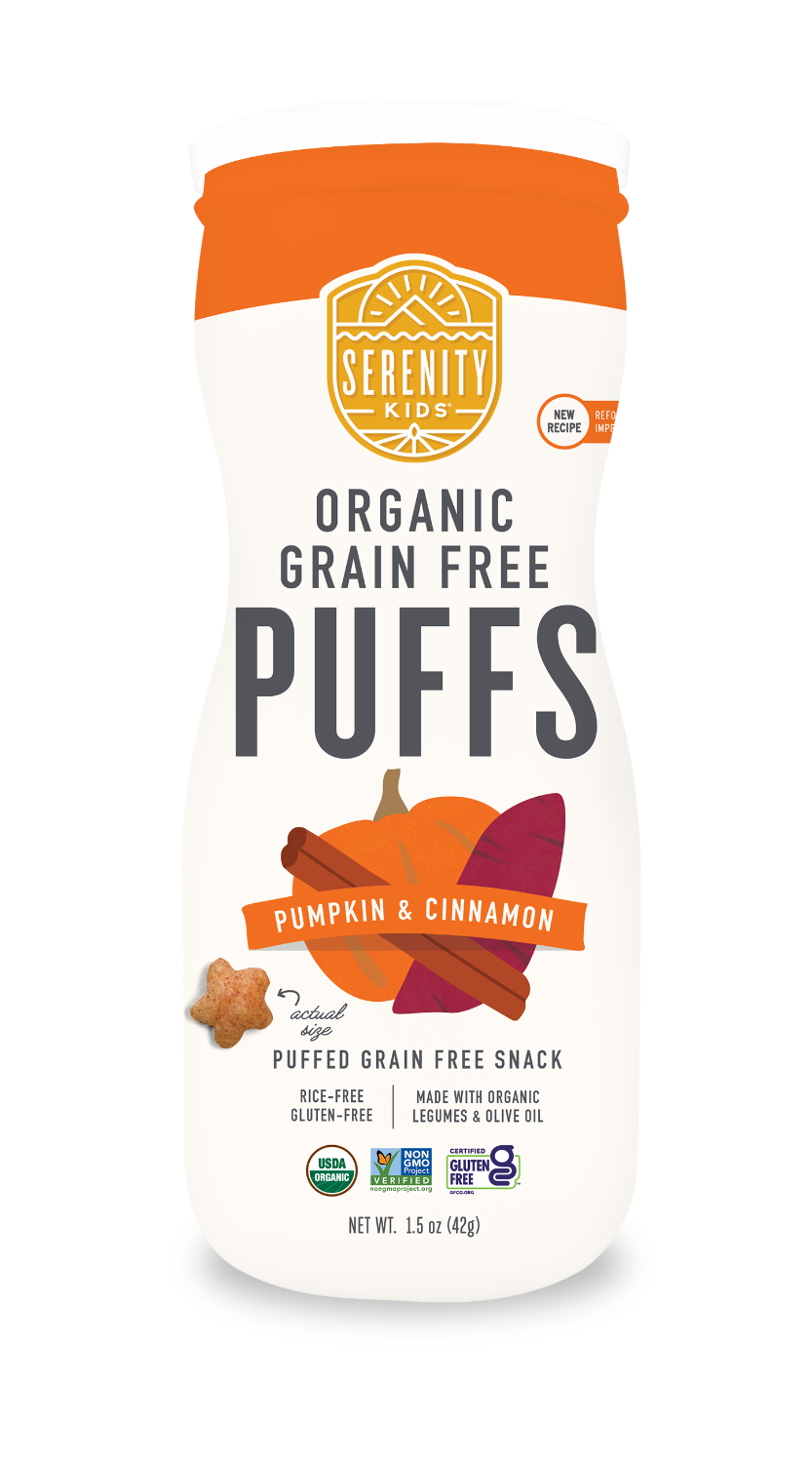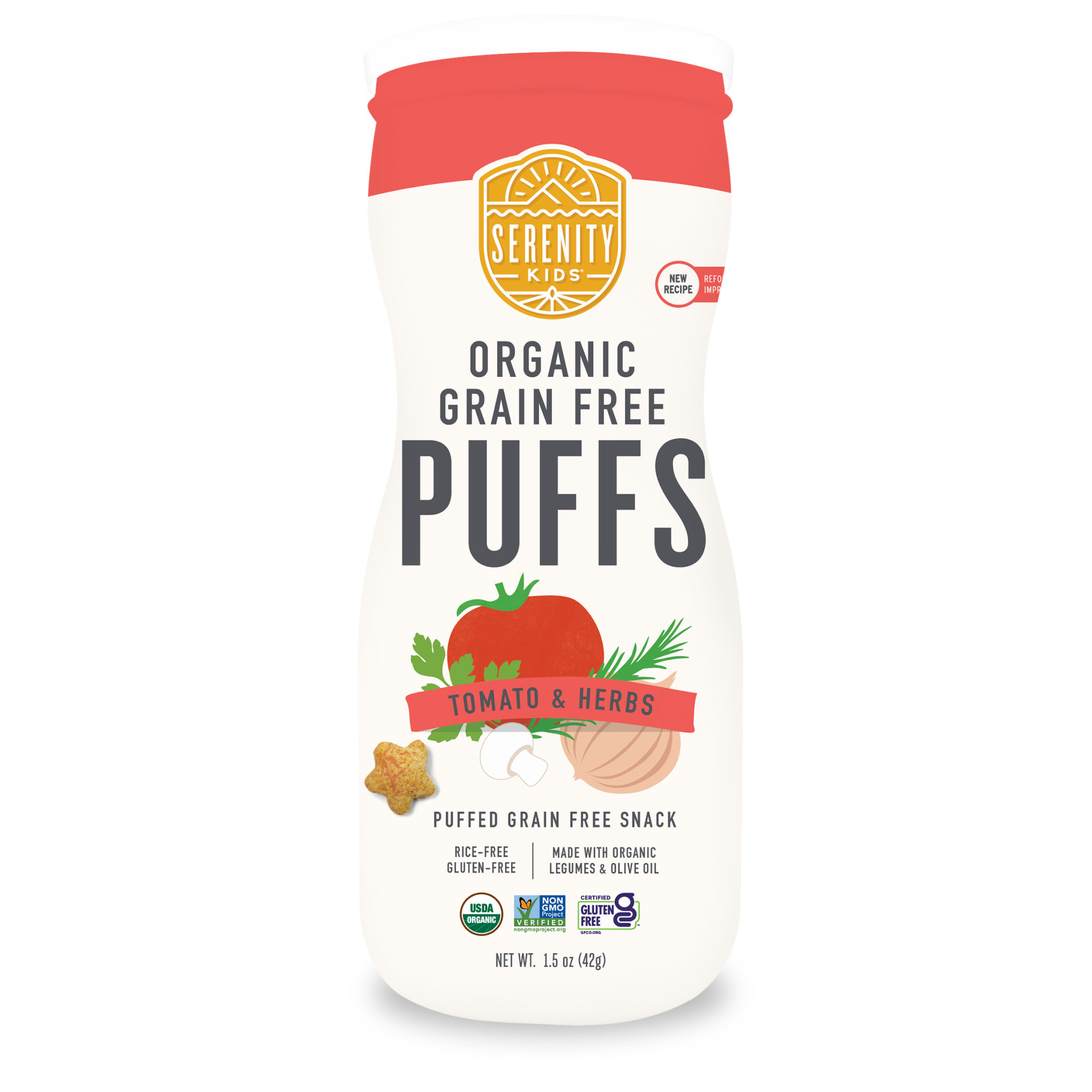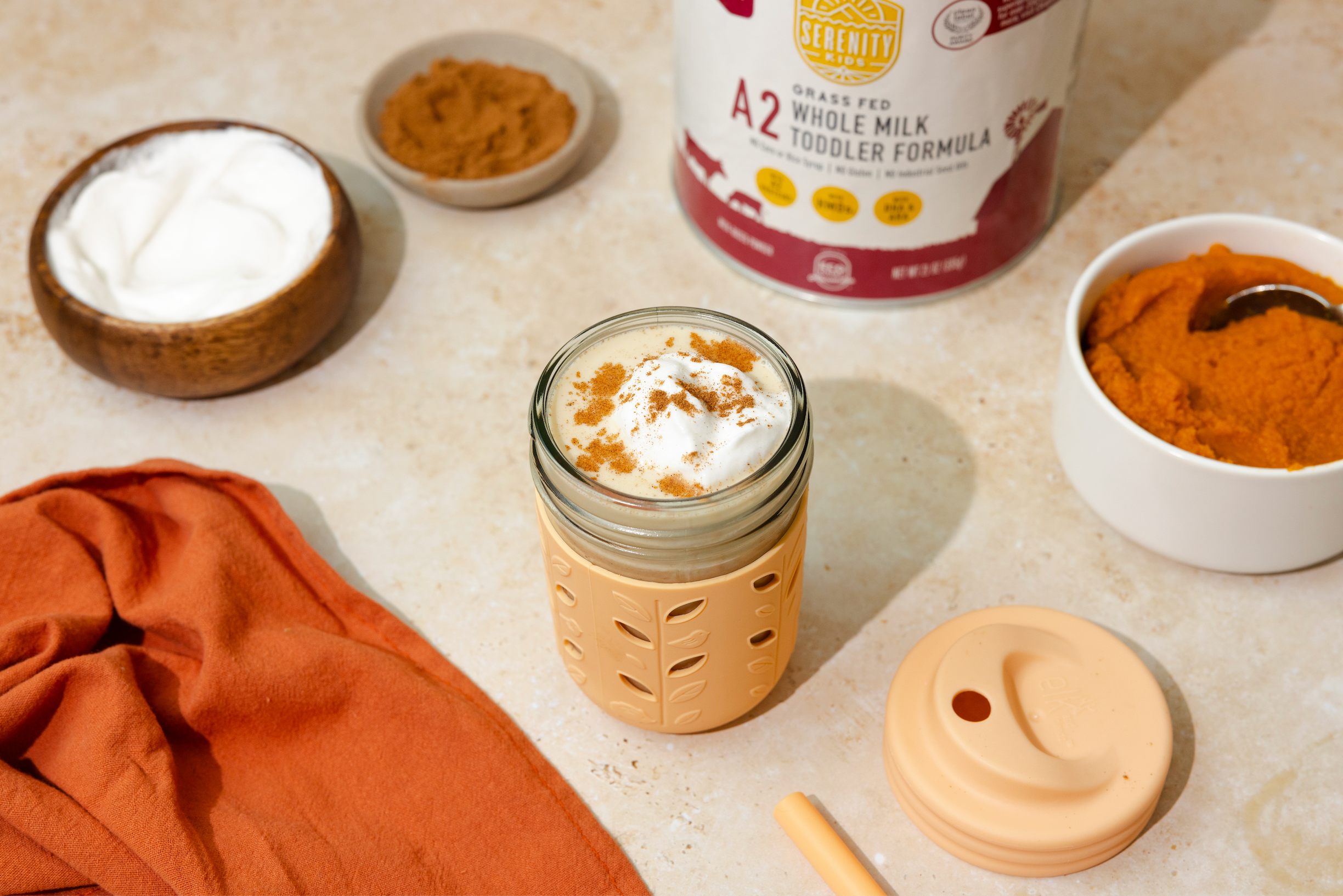Feeding your baby is an exciting journey—one filled with new flavors, textures, and developmental milestones. As your little one grows from 6 to 12 months, their nutritional needs evolve rapidly, and transitioning from a diet of primarily breast milk or formula to solid foods can seem a little overwhelming. A well-structured 6 to 12 months baby food chart can serve as your trusted roadmap, guiding you through each stage with practical meal plans and portion recommendations.
Below, you’ll find detailed charts for each age group with recommended foods, serving sizes, and food frequency. Let's take a closer look at the different stages of your baby's food journey.
Introduction to Baby Food Stages and Baby Food Charts (6 to 12 Months)

By around 6 months, most babies are developmentally ready to start exploring solid foods. Until now, their nutrition has primarily come from breast milk or formula, but now it’s time to introduce a variety of new flavors and textures. A comprehensive 6 to 12 months baby food chart helps you keep track of what to offer at each stage for balanced nutrition and gradual exposure to different food consistencies.
At every age bracket, you can easily complement your homemade purees with convenient, nutritious options from Serenity Kids. Their Veggie Pouches, Smoothie Pouches, Meat Pouches, and Veggie Puffs are designed to support your baby’s growth while keeping mealtime simple and stress-free.
What About 4 & 5 Months? Early Signs of Readiness
Some parents notice that their baby seems curious about food as early as 4 or 5 months. Common early signs of readiness include:
-
Good head and neck control
-
Ability to sit with minimal support
-
Showing interest when others are eating
-
Reaching for food when it’s offered

Although these cues can be encouraging, there’s no rush! Most health experts recommend waiting until around 6 months to introduce solid foods. If you have questions, ask for guidance from your healthcare practitioner to ensure your baby is ready.
6 Month Baby Food Chart – The Official Start to Solids
At 6 months, your baby is typically ready for their first solid foods. Some parents choose to focus primarily on purees that are smooth and easy to swallow, while others prefer to jump right into baby-led weaning.

Serenity Kids Recommendations for 6 Months
-
Veggie Pouches: Smooth purees made from high-quality, nutrient-rich vegetables.
-
Meat Pouches: Offer a smooth, nutrient-rich blend ideal for introducing meats.
6-Month Baby Food Chart
|
Meal Time |
Food Type |
Serving Size |
Frequency |
|
Breakfast |
Pureed vegetables (e.g., carrots, sweet potato) with healthy fats |
2-4 tablespoons |
Once daily |
|
Lunch |
Blend of pureed meats & vegetables |
2-4 tablespoons |
Once daily |
|
Dinner |
Blend of pureed meats & vegetables |
2-4 tablespoons |
Once daily |
|
Snack |
Occasional spoonful of puree |
1-2 teaspoons |
As needed (based on hunger cues) |
7 Month Baby Food Chart – Expanding Variety
By 7 months old, your baby might be happily eating or might be still getting used to solids. Either is fine and normal! Take their lead and either continue on with what you're offering, or start to offer a broader range of foods and textures. If they seem interested, you can introduce thicker, mashed foods and new combinations of ingredients to create more complex flavors. This stage is about expanding their palate while still ensuring that foods are easy to to swallow and digest.
Key Foods to Introduce at 7 Months
-
Protein Introduction: Pureed meats mix well with savory root veggies like carrots and sweet potatoes. These purees can be thin
-
Mashed Foods: Slightly thicker textures such as mashed avocado
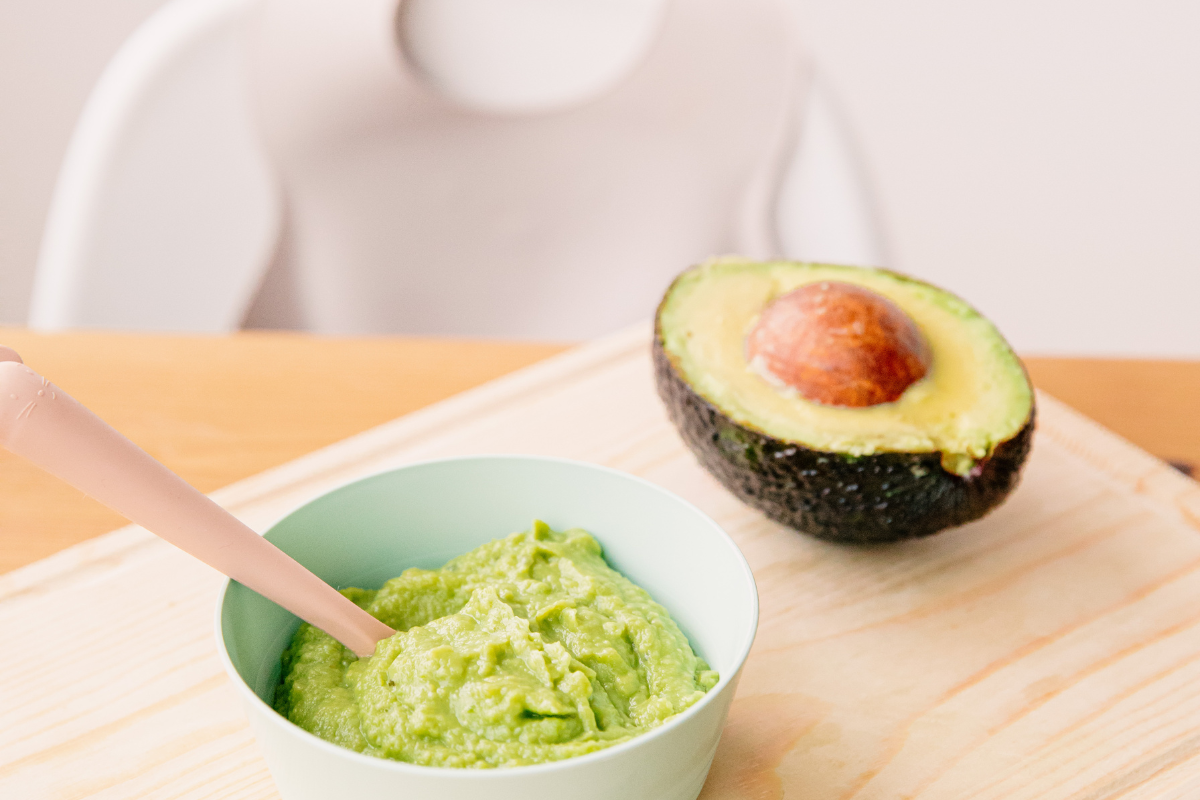
Serenity Kids Product Recommendations for 7 Months
-
Meat Pouches: Offer a smooth, protein-rich blend ideal for introducing meats.
-
Veggie Pouches: Now featuring a mix of vegetables for more flavor complexity.
7-Month Baby Food Chart
|
Meal Time |
Food Type |
Serving Size |
Frequency |
|
Breakfast |
Mashed avocado and pureed carrots |
2-4 tablespoons |
Once daily |
|
Lunch |
Combination puree (e.g., carrots & green beans) with a protein addition (e.g., chicken puree) |
2-4 tablespoons |
Once daily |
|
Dinner |
Pureed blend of vegetables (e.g., sweet potato) blended with grass-fed ground beef |
2-4 tablespoons |
Once daily |
|
Snack |
Mashed fruits and veggies like avocado and parsnips |
1-2 teaspoons |
As needed |
At 7 months, introduce new textures gradually and always observe your baby’s response to ensure they’re comfortable with the changes.
8 Month Baby Food Chart – Finger Foods & More Textures
By 8 months, your baby’s growing motor skills and curiosity often lead them to start self-feeding. At this stage, you can introduce soft finger foods alongside purees and mashed foods. The focus is on encouraging independence while offering foods with varied textures.
Key Foods to Introduce at 8 Months
-
Finger Foods: Soft-cooked vegetable pieces or firm hand-held pieces of meat (e.g., roasted carrot sticks, grilled grass-fed steak)

-
Mashed and Chopped Foods: Thicker textures like mashed avocado, mashed banana, or a blend of pureed fruits with small, soft lumps
-
Complex Blends: More intricate purees that combine proteins (e.g., chicken) with vegetables (e.g., peas and carrots)
Serenity Kids Recommendations for 8 Months
-
Veggie Puffs: Soft, easy-to-grasp finger foods designed for self-feeding.
-
Bone Broth Pouches: For introducing additional protein and flavor variety in a convenient pouch format.
8-Month Baby Food Chart
|
Meal Time |
Food Type |
Serving Size |
Frequency |
|
Breakfast |
Mixed pureed fruit with a few spoonfuls of mashed avocado |
2-4 tablespoons |
Once daily |
|
Lunch |
Blend of mashed vegetables (e.g., carrots and sweet potato) with a protein addition (e.g., chicken puree) |
2-4 tablespoons |
Once daily |
|
Dinner |
Combination of pureed vegetables and mashed fruits |
2-4 tablespoons |
Once daily |
|
Snack |
Soft finger foods (e.g., steamed veggie pieces or mashed banana) |
1-2 teaspoons (or small pieces) |
As needed |
This stage is a great time to let your baby explore and self-feed safely under close supervision, of course. For this reason, ensure foods are soft, well-cooked, and cut into manageable pieces.
9-12 Months – Encouraging Independence & Balanced Nutrition
Between 9 and 12 months of age, your baby is ready for a wider variety of textures and can begin to enjoy foods that resemble family meals. At this stage, your baby may start eating finely chopped foods along with purees and mashed items, fostering greater independence and participation in mealtime.
Key Foods to Introduce at 9-12 Months
-
Chopped and Textured Foods: Soft, finely chopped vegetables and fruits, along with small pieces of well-cooked meat or fish.
-
Balanced Meals: Aim for a mix of food groups in each meal—vegetables, fruits, proteins, and dairy (if introduced).
-
Family Meal Adaptations: Serve modified versions of family meals with safe, baby-friendly textures, such as mashed potatoes (without grains), soft-cooked vegetables, and small pieces of cheese.

Serenity Kids Recommendations for 9-12 Months
-
Meat Pouches & Veggie Pouches: Convenient options that provide balanced nutrition in a format that’s easy for your baby to handle.
-
Grass-Fed A2 Whole Milk Formula: A nourishing supplement for formula-fed babies that supports growth during this critical stage.
-
Grain Free Baby Puffs: Continue to offer these as practical finger foods that encourage self-feeding and independence.
9-12 Months Baby Food Chart
|
Meal Time |
Food Type |
Serving Size |
Frequency |
|
Breakfast |
Finely chopped soft fruits (e.g., banana, pear) with a mini omelet or scrambled eggs, plus mashed avocado |
3-5 tablespoons or small pieces |
Once daily |
|
Lunch |
Balanced plate: soft-cooked vegetables, finely chopped meat or fish, and pureed or mashed fruits |
3-5 tablespoons |
Once daily |
|
Dinner |
Mixed textures: mashed vegetables with small pieces of protein, along with a serving of pureed fruits |
3-5 tablespoons |
Once daily |
|
Snacks |
Finger foods: soft-cooked green beans, small pieces of cheese, unsweetened yogurt, or other bite-sized items |
1-2 teaspoons or small pieces |
As needed |
At 9-12 months, encourage self-feeding and offer a variety of textures so that your baby continues to develop healthy eating patterns and enjoys mealtime as a family experience.
Final Tips for a Smooth Transition to Solid Foods
Here are a few key tips to ensure a smooth transition from breast milk only to solid foods:
-
Introduce New Foods Gradually: Start with single-ingredient purees and slowly mix flavors as your baby grows.
-
Monitor for Allergies: Introduce one new food at a time and watch for any adverse reactions.
-
Follow Your Baby’s Cues: Adjust portions and textures based on your baby’s hunger signals and developmental readiness.
-
Encourage Independence: As your baby matures, offer finger foods to promote self-feeding and motor skills.
-
Keep a Balanced Feeding Schedule: Use your 6 to 12 months baby food chart as a guide to ensure your baby’s meals are nutritionally balanced.
If you're ever pressed for time or need a quick, nutritious solution, Serenity Kids offers a range of ready-made, grain-free baby food options. Our Veggie Pouches, Meat Pouches, Smoothie Pouches, Veggie Puffs, and Grass-Fed A2 Whole Milk Formula are designed to make feeding your baby easier while supporting healthy growth.
Final Thoughts
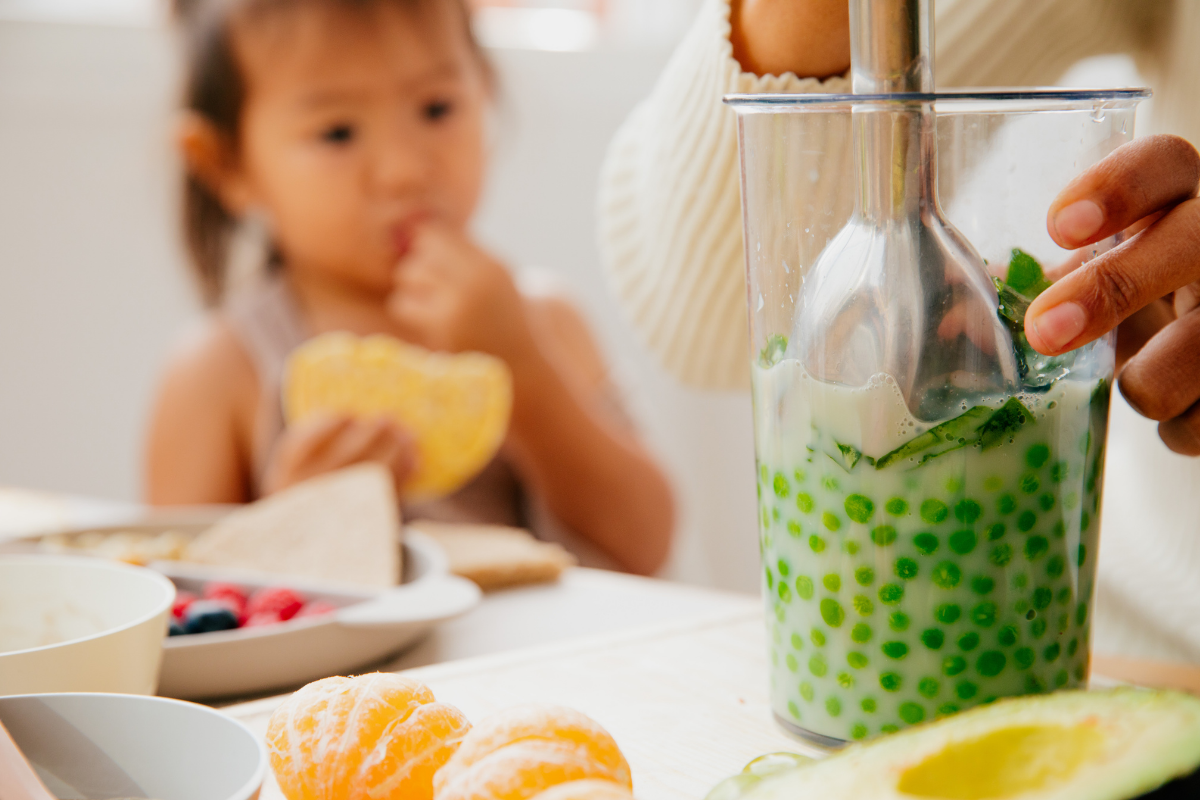
Feeding your baby from 6 to 12 months is an exciting adventure filled with new flavors, textures, and developmental milestones. By considering these guidelines, you can confidently introduce solid foods—starting with smooth purees, progressing to mashed foods, and eventually incorporating finger foods. Every baby’s journey is unique, so feel free to adjust the plan to fit your baby’s needs.
And remember, Serenity Kids offers convenient, nutritious baby food options to support your busy lifestyle. Enjoy this special time as your baby explores the wonderful world of solid foods.
Frequently Asked Questions
Q: What is the feeding schedule of a 6-12 month old baby?
A: A typical feeding schedule for a 6-12 month old baby includes three main meals per day—breakfast, lunch, and dinner—plus occasional snacks based on hunger cues. Breastfed babies are normally fed on demand, but as they start transitioning to solid foods there's more of a structure to meal times. At 6 months, meals consist of 2-4 tablespoons of smooth, single-ingredient pureed foods, with human milk or bottle feeding the primary source of nutrition. As your baby grows to 7-8 months, you gradually introduce thicker purees, mashed foods, and soft finger foods, while maintaining three structured meals with additional snacks. By 9-12 months, the schedule evolves to include a variety of textures, such as finely chopped foods and small pieces of soft-cooked vegetables and proteins, all while still ensuring three balanced meals daily. Adjust the portions and snack frequency as your baby’s appetite changes and growth spurts occur.
Q: When and how should I start introducing solid foods?
A: Most babies are developmentally ready to start eating solid foods around 6 months of age. At this stage, begin with single-ingredient pureed foods such as pureed fruits and soft-cooked vegetables. Gradually increase textures by introducing mashed foods and finger foods. This gradual approach helps your baby eat food safely while developing healthy eating patterns.
Q: What types of foods should I offer at 7 and 8 months?
A: At 7 months, you can expand the variety by combining pureed foods (like apple with sweet potato) and introducing thicker, mashed foods. By 8 months, many babies are ready for soft finger foods and more complex blends, such as free-range chicken mixed with peas black beans and carrots. This progression helps your baby explore new flavors and textures while continuing to benefit from iron-rich and vitamin D sources.
Q: How do I transition my baby to more textured, family-style meals between 9 and 12 months?
A: Between 9 and 12 months, your baby can start eating finely chopped and soft foods alongside purees. At this stage, offer a balanced meal that includes a variety of vegetables, fruits, and proteins. Incorporate small pieces of soft-cooked meat, mashed fruits, and finger foods to encourage self-feeding and independence. This gradual increase in texture supports your baby’s growth and helps them recognize fullness cues.
Q: How can I ensure my baby’s meals are balanced and nutritious?
A: To feed your baby healthy solid foods, mix a variety of pureed, mashed, and finger foods across three meals and occasional healthy snacks. Focus on nutrient-dense foods such as pureed fruits, soft-cooked vegetables, and iron-rich options like split peas or chicken puree. Always include your primary source of nutrition—breast milk or formula—and gradually introduce more foods as your baby grows. Monitoring your baby’s appetite and following a structured feeding schedule are key to establishing healthy eating patterns.
Q: When can I introduce meat into my baby's diet?
A: Many experts suggest that introducing meat around 6 to 8 months is appropriate—once your baby is comfortable with pureed and mashed foods. Meat is an excellent source of protein and iron, both crucial for your baby’s growth. At Serenity Kids, we’re very pro meat and offer specially formulated meat pouches designed for your little one. For more details on safely introducing meat, check out our When Can Babies Have Meat post.

